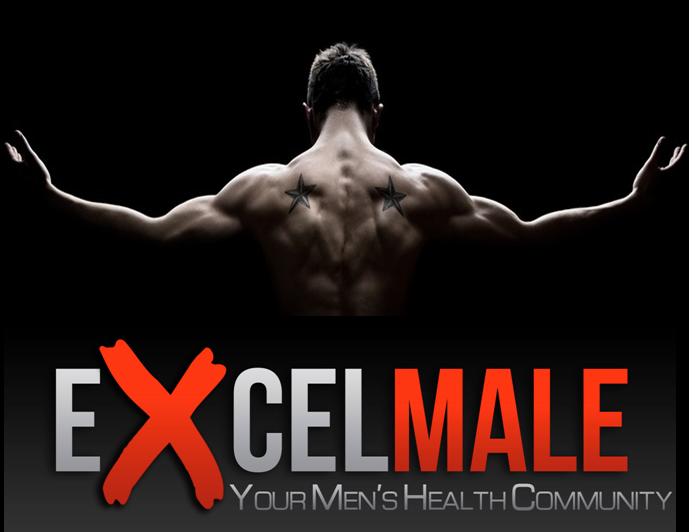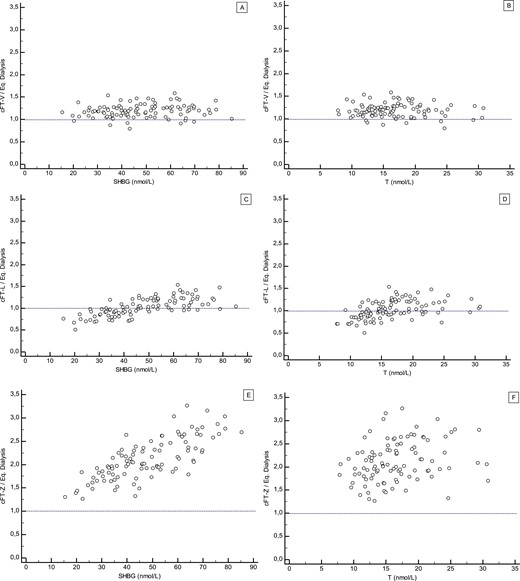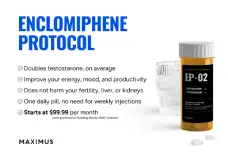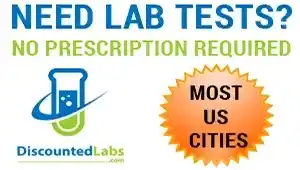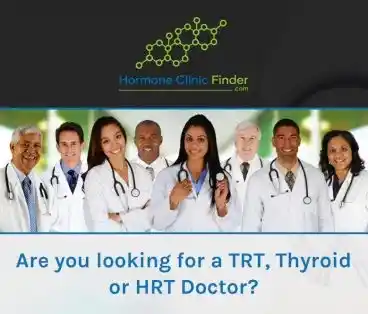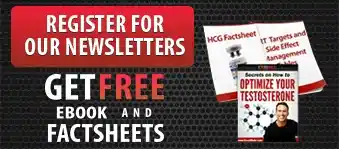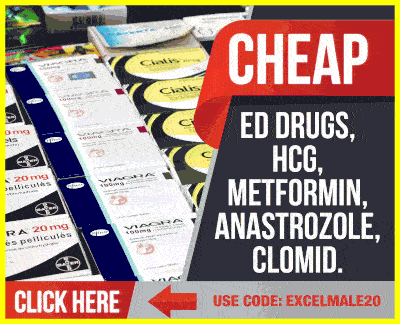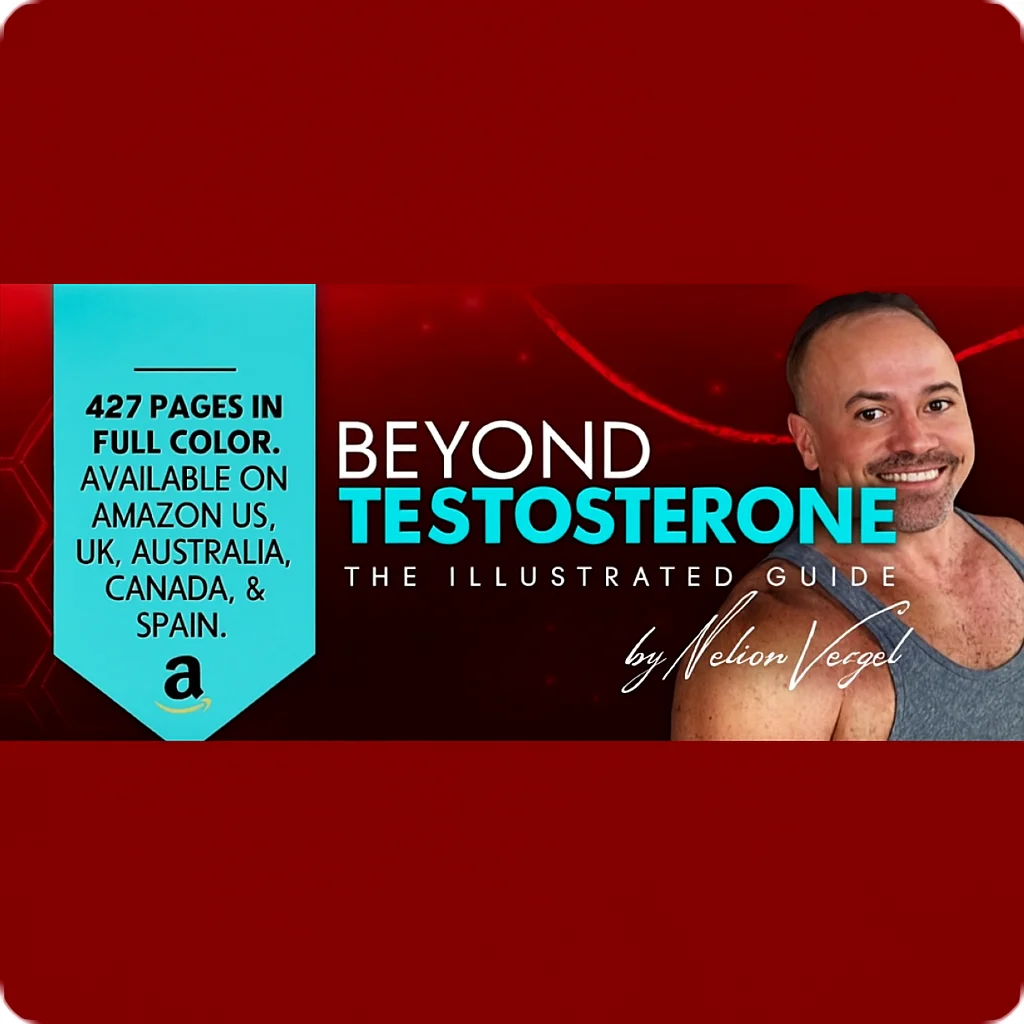madman
Super Moderator
Measurement and reporting of clinical testosterone diagnostics: a European survey (2023)
*Three fractions circulate in plasma: the unbound (free) fraction, the fraction bound to specific binding proteins, such as sex hormone-binding globulin (SHBG) and vitamin D binding protein (DBP); and the albumin-bound fraction
*The equilibrium state between these fractions is characterized not only by total hormone concentration but also by BP concentration and binding affinities for their respective metabolites1
*The use of calculators, relying on historically determined BP affinity constants in healthy populations, could however lead to inaccurate assessment of the free fraction, especially in patients in whom BP characteristics are altered, e.g. chronic kidney disease (CKD), pregnancy, liver disease, and obesity2
*Using the results of this survey, we aim to harmonize diagnostic efforts in steroid hormonology in the future, using an evidence-based approach
*This survey is part of a larger project funded by research foundation Flanders (FWO): ‘Better estimates of hormonal exposure to improve diagnosis and treatment in endocrine diseases(BEED-ED).’
*The BEEDED project aims to improve the accuracy, accessibility, and therefore clinical applicability of (free) steroid hormone levels, both in the general population as well as in conditions where conventional estimations on steroid hormone bioavailability are likely to be disturbed, such as obesity and organ failure


2. Background and rationale
Steroid hormones, such as sex steroids (androgens and estrogens), glucocorticoids, and vitamin D, are of vital physiological importance from fetal life to adulthood. Three fractions circulate in plasma: the unbound (free) fraction, the fraction bound to specific binding proteins, such as sex hormone-binding globulin (SHBG) and vitamin D binding protein (DBP); and the albumin-bound fraction. The equilibrium state between these fractions is characterized not only by total hormone concentration but also by BP concentration and binding affinities for their respective metabolites1.
Routinely used analytical techniques in clinical laboratories mostly only measure total hormone levels and further rely on calculators to estimate free hormone concentrations, taking into account BP characteristics (concentration and binding affinity) 2. The use of calculators, relying on historically determined BP affinity constants in healthy populations, could however lead to inaccurate assessment of the free fraction, especially in patients in whom BP characteristics are altered, e.g. chronic kidney disease (CKD), pregnancy, liver disease, and obesity2.
In conditions where BP characteristics are altered, a direct measurement of free hormone levels could lead to a more correct diagnosis and therapeutic intervention. Direct measurement is however laborious, requires specialized equipment and staff expertise, and is only done in a limited number of centers3.
Measuring total testosterone in serum is paramount in the diagnostic work-up of male hypogonadism. However, adding free testosterone to the diagnostic panel of male hypogonadism could increase diagnostic sensitivity. Professional societies, such as the European Academy of Andrology and the Endocrine Society, decided to amend their guidelines on the diagnosis of hypogonadism in men, including free testosterone as an additional parameter4,5.
However, a precise definition of the lower limit of ‘normal’ total testosterone still remains ambiguous. For hypogonadism, guidelines recommend using local populations to validate total testosterone assays in order to create population-based reference ranges 3. Lacking a golden standard calibrating specimen, this results in various reference ranges being used in different clinical laboratories around the world. For free testosterone, on the other hand, technical difficulties delay implementation in clinical routine. Between clinical laboratories, free testosterone is sometimes measured, but more often calculated. This results in an even greater variance of test characteristics (e.g. used formula) and reference ranges.
3. Study objectives and Design
3.1 Study objectives
This survey will serve as a tool to map current clinical diagnostic practices concerning (free) steroid hormone measurements/calculations. To date, analogous surveys have only been conducted in the US and the UK6,7. With our survey, we aim to map clinical diagnostic practices throughout Europe.
To get insight into the diversity of practices, an inquiry will be made to clinical laboratories about their methods used to measure steroid hormone levels and their BPs, reference ranges, method validation/calibration, and other variables of importance. Using the results of this survey, we aim to harmonize diagnostic efforts in steroid hormonology in the future, using an evidence-based approach.
This survey is part of a larger project funded by research foundation Flanders (FWO): ‘Better estimates of hormonal exposure to improve diagnosis and treatment in endocrine diseases(BEED-ED).’ The BEEDED project aims to improve the accuracy, accessibility, and therefore clinical applicability of (free) steroid hormone levels, both in the general population as well as in conditions where conventional estimations on steroid hormone bioavailability are likely to be disturbed, such as obesity and organ failure.
3.2 ‘Primary endpoints’
Mapping of current clinical practice on steroid diagnostics in European clinical laboratories, more specifically:
- Total testosterone
- Sex hormone-binding globulin (SHBG)
- Free testosterone
- Bioavailable testosterone
3.3 Study Design
4. Selection of participating clinical laboratories
4.1 Inclusion criteria
4.2 Exclusion criteria
5. Ethics and regulatory approvals
6. Data Handling and Management
7. Financial Aspects
Prof. Dr. Leen Antonio, MD, Ph.D. – Endocrinology UZ Leuven, Belgium
Prof. Dr. Bruno Lapauw, MD, Ph.D. – Endocrinology UZ Ghent, Belgium
Dr. Tom Fiers, MD, Ph.D. – Laboratory Medicine UZ Ghent, Belgium
Nick Narinx, MD – Clinical Chemistry UZ Leuven, Belgium
*Three fractions circulate in plasma: the unbound (free) fraction, the fraction bound to specific binding proteins, such as sex hormone-binding globulin (SHBG) and vitamin D binding protein (DBP); and the albumin-bound fraction
*The equilibrium state between these fractions is characterized not only by total hormone concentration but also by BP concentration and binding affinities for their respective metabolites1
*The use of calculators, relying on historically determined BP affinity constants in healthy populations, could however lead to inaccurate assessment of the free fraction, especially in patients in whom BP characteristics are altered, e.g. chronic kidney disease (CKD), pregnancy, liver disease, and obesity2
*Using the results of this survey, we aim to harmonize diagnostic efforts in steroid hormonology in the future, using an evidence-based approach
*This survey is part of a larger project funded by research foundation Flanders (FWO): ‘Better estimates of hormonal exposure to improve diagnosis and treatment in endocrine diseases(BEED-ED).’
*The BEEDED project aims to improve the accuracy, accessibility, and therefore clinical applicability of (free) steroid hormone levels, both in the general population as well as in conditions where conventional estimations on steroid hormone bioavailability are likely to be disturbed, such as obesity and organ failure
2. Background and rationale
Steroid hormones, such as sex steroids (androgens and estrogens), glucocorticoids, and vitamin D, are of vital physiological importance from fetal life to adulthood. Three fractions circulate in plasma: the unbound (free) fraction, the fraction bound to specific binding proteins, such as sex hormone-binding globulin (SHBG) and vitamin D binding protein (DBP); and the albumin-bound fraction. The equilibrium state between these fractions is characterized not only by total hormone concentration but also by BP concentration and binding affinities for their respective metabolites1.
Routinely used analytical techniques in clinical laboratories mostly only measure total hormone levels and further rely on calculators to estimate free hormone concentrations, taking into account BP characteristics (concentration and binding affinity) 2. The use of calculators, relying on historically determined BP affinity constants in healthy populations, could however lead to inaccurate assessment of the free fraction, especially in patients in whom BP characteristics are altered, e.g. chronic kidney disease (CKD), pregnancy, liver disease, and obesity2.
In conditions where BP characteristics are altered, a direct measurement of free hormone levels could lead to a more correct diagnosis and therapeutic intervention. Direct measurement is however laborious, requires specialized equipment and staff expertise, and is only done in a limited number of centers3.
Measuring total testosterone in serum is paramount in the diagnostic work-up of male hypogonadism. However, adding free testosterone to the diagnostic panel of male hypogonadism could increase diagnostic sensitivity. Professional societies, such as the European Academy of Andrology and the Endocrine Society, decided to amend their guidelines on the diagnosis of hypogonadism in men, including free testosterone as an additional parameter4,5.
However, a precise definition of the lower limit of ‘normal’ total testosterone still remains ambiguous. For hypogonadism, guidelines recommend using local populations to validate total testosterone assays in order to create population-based reference ranges 3. Lacking a golden standard calibrating specimen, this results in various reference ranges being used in different clinical laboratories around the world. For free testosterone, on the other hand, technical difficulties delay implementation in clinical routine. Between clinical laboratories, free testosterone is sometimes measured, but more often calculated. This results in an even greater variance of test characteristics (e.g. used formula) and reference ranges.
3. Study objectives and Design
3.1 Study objectives
This survey will serve as a tool to map current clinical diagnostic practices concerning (free) steroid hormone measurements/calculations. To date, analogous surveys have only been conducted in the US and the UK6,7. With our survey, we aim to map clinical diagnostic practices throughout Europe.
To get insight into the diversity of practices, an inquiry will be made to clinical laboratories about their methods used to measure steroid hormone levels and their BPs, reference ranges, method validation/calibration, and other variables of importance. Using the results of this survey, we aim to harmonize diagnostic efforts in steroid hormonology in the future, using an evidence-based approach.
This survey is part of a larger project funded by research foundation Flanders (FWO): ‘Better estimates of hormonal exposure to improve diagnosis and treatment in endocrine diseases(BEED-ED).’ The BEEDED project aims to improve the accuracy, accessibility, and therefore clinical applicability of (free) steroid hormone levels, both in the general population as well as in conditions where conventional estimations on steroid hormone bioavailability are likely to be disturbed, such as obesity and organ failure.
3.2 ‘Primary endpoints’
Mapping of current clinical practice on steroid diagnostics in European clinical laboratories, more specifically:
- Total testosterone
- Sex hormone-binding globulin (SHBG)
- Free testosterone
- Bioavailable testosterone
3.3 Study Design
4. Selection of participating clinical laboratories
4.1 Inclusion criteria
4.2 Exclusion criteria
5. Ethics and regulatory approvals
6. Data Handling and Management
7. Financial Aspects
Prof. Dr. Leen Antonio, MD, Ph.D. – Endocrinology UZ Leuven, Belgium
Prof. Dr. Bruno Lapauw, MD, Ph.D. – Endocrinology UZ Ghent, Belgium
Dr. Tom Fiers, MD, Ph.D. – Laboratory Medicine UZ Ghent, Belgium
Nick Narinx, MD – Clinical Chemistry UZ Leuven, Belgium






